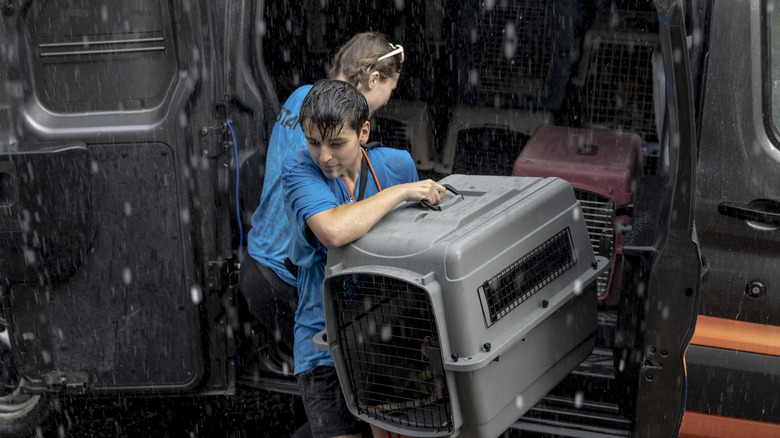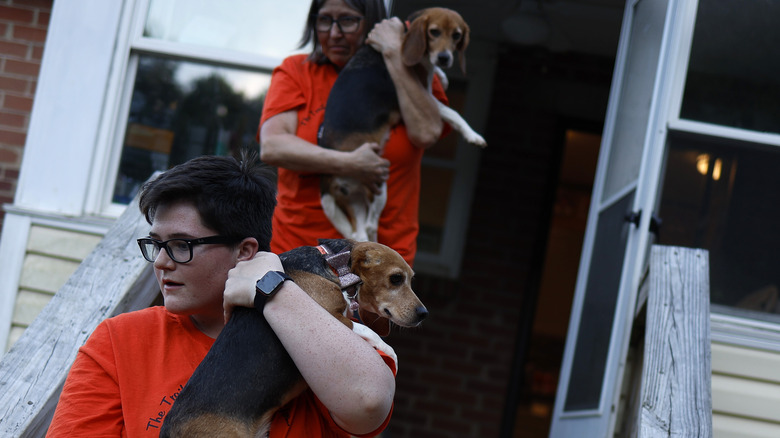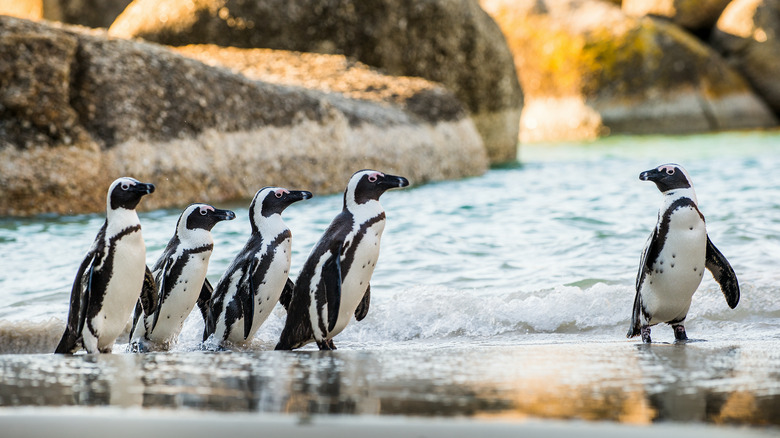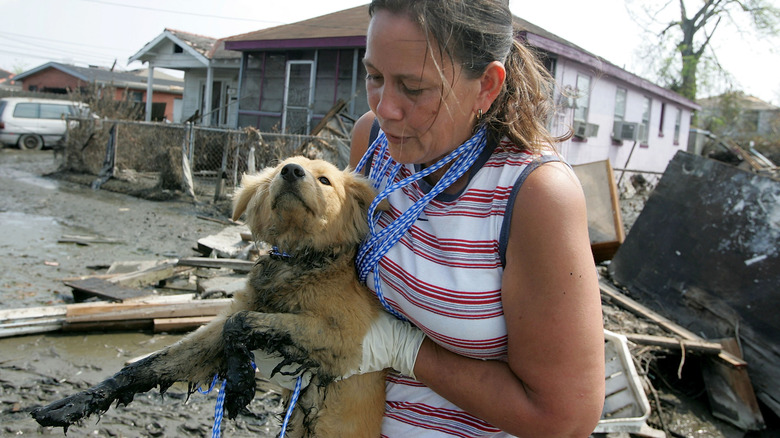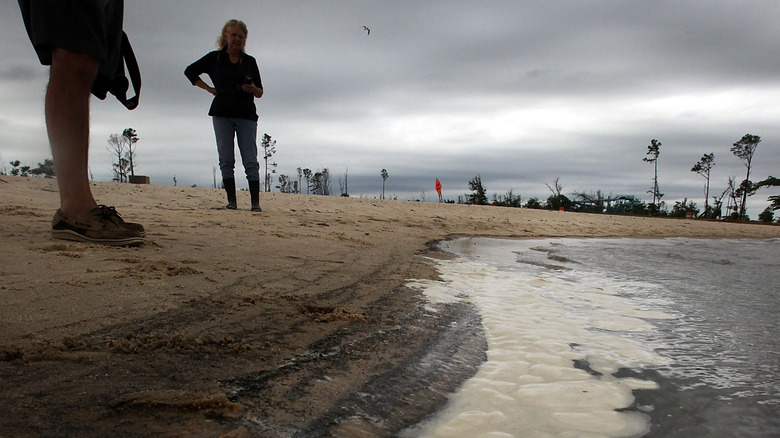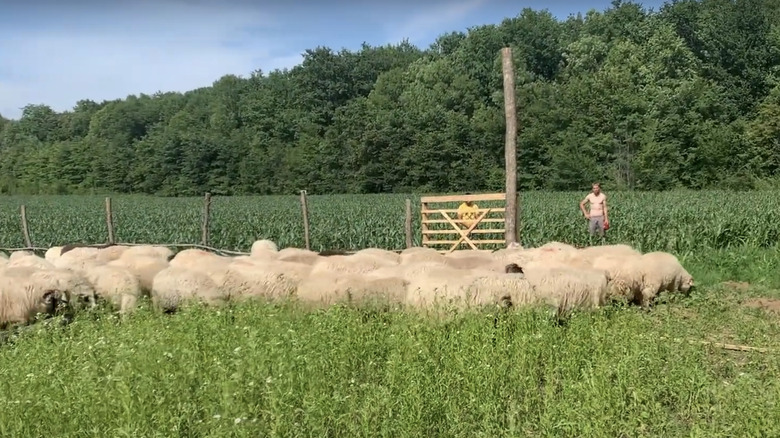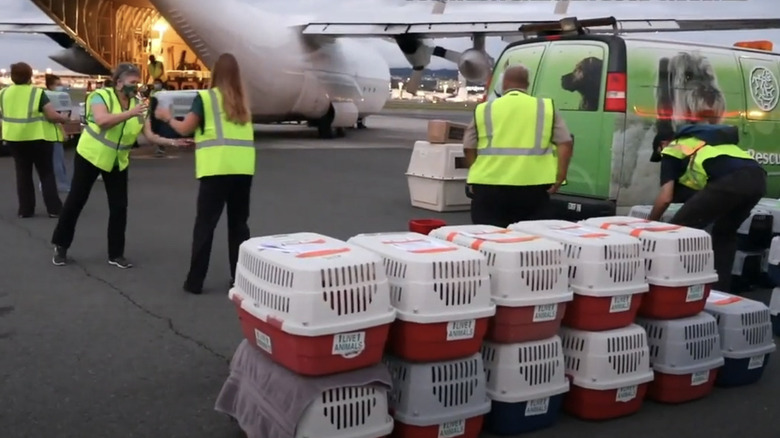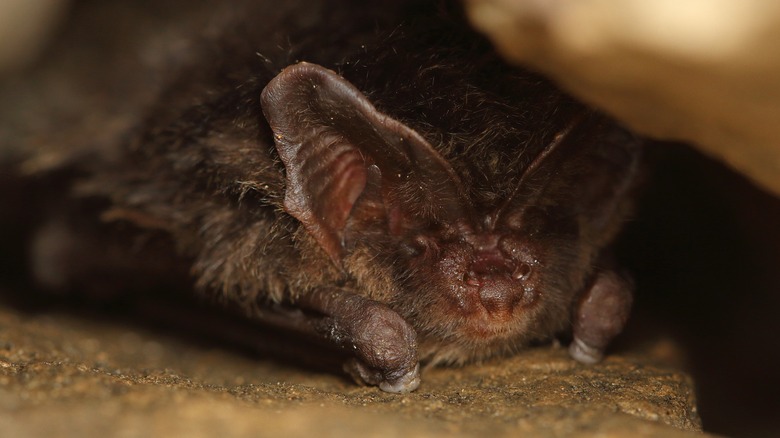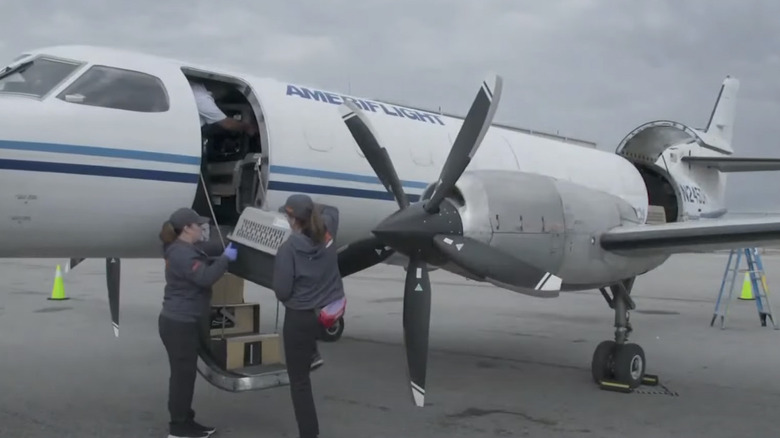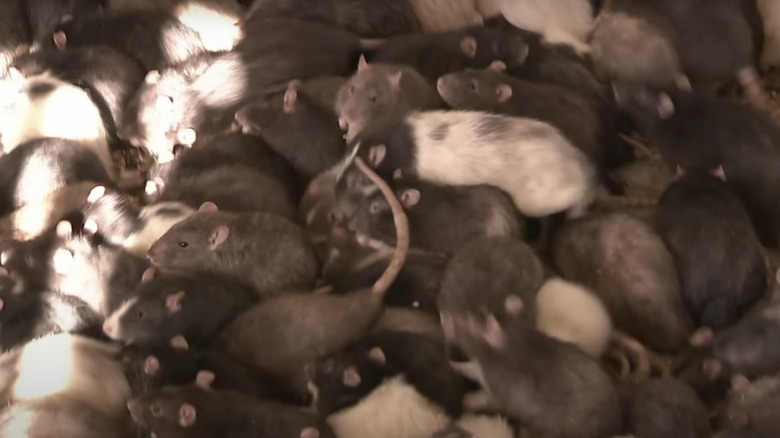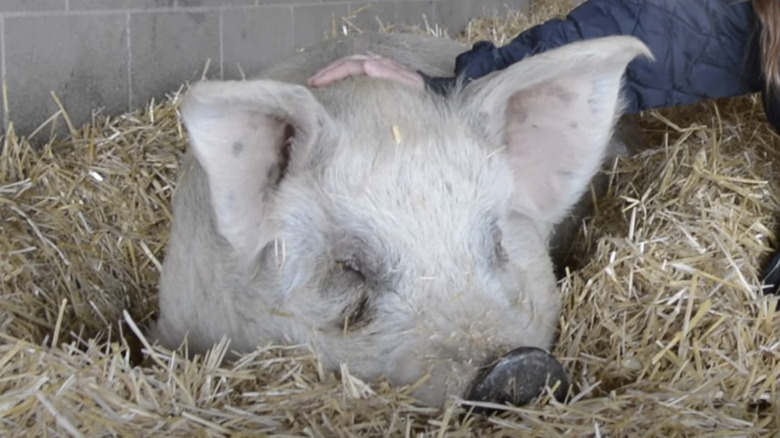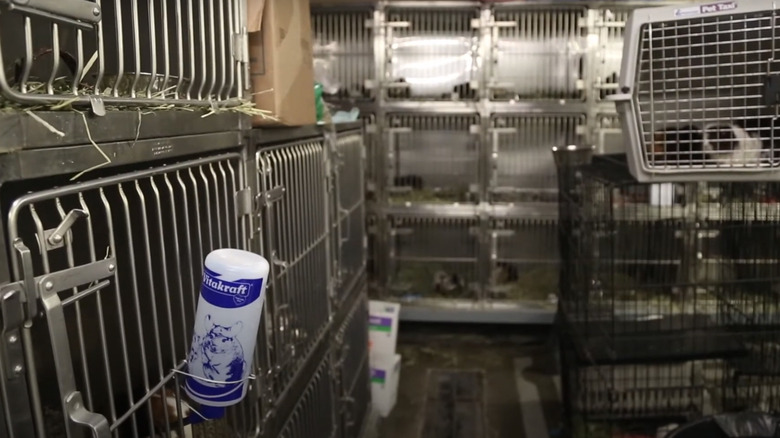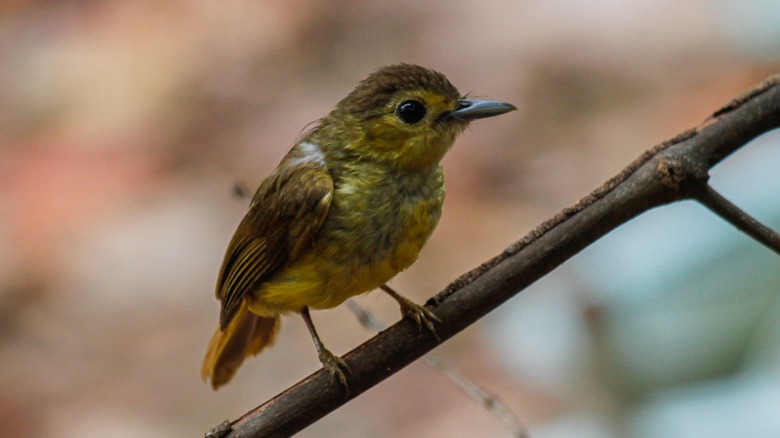The Largest Animal Rescues Ever
From pigs trapped in hot transport trucks, dogs destined for experimentation in labs, sea creatures caught in oil spills, pets stranded after natural disasters, exotic animals near war zones, and birds captured for international trafficking rings, there are animals in crisis all around the world. Fortunately, there are rescuers and volunteers ready to spring into action to save animals in need.
Many of these disasters are caused by humans, but humans also have the power to help these animals in crisis. Sometimes, thousands of animals at one time need to be saved, and for that to happen, many, many people and organizations need to come together. Government agencies and animal rights organizations investigate to determine if there are animals in need. Volunteers organize to help move animals out of dangerous situations. Wildlife rehabilitators and veterinarians work to save those animals who have been neglected or injured. Animal rescue organizations release animals back into the wild, shelters search for safe families for domestic animals, and sanctuaries, funded by the donations of animal lovers around the world, provide homes for animals to live out the rest of their lives in safety.
These are some of the largest animal rescue missions ever pulled off.
Thousands of beagles saved from experimentation
In 2022, almost 4,000 beagles were rescued from terrible conditions at a breeding facility in Virginia and saved from a miserable future of experimentation as lab animals. The rescue, which took 60 days, has been called the largest animal rescue in history.
The breeding facility had been the focus of animal rights advocates for years, as reported by The Washington Post, but it wasn't until an undercover investigation by PETA and inspectors from the U.S. Department of Agriculture that anyone knew exactly how terrible the conditions the dogs were being kept in were. They were in horrendous physical conditions, deprived of food, forced to breed litter after litter, and never allowed outside. Their ears were tattooed with their identification numbers – the only names they had. Many dogs at the breeding facility died, but those who survived were set to be sold to laboratories for around $1,000 each.
Rescue groups from around the United States took in the dogs, redistributing them to local shelters so that they could find homes. While many of the adult dogs experienced long-lasting effects from their traumatic experiences, both physical and mental, there was no shortage of loving homes waiting for them on the outside. The media attention all over the world led thousands of people to apply to adopt the dogs.
Volunteers clean oil off of thousands of endangered penguins
In the year 2000, a sinking cargo ship sent waves of oil into the South African coast and surrounding islands, including Robben Island and Dassen Island. Both islands were home to large colonies of African penguins, and more, smaller colonies lived in the surrounding areas. These penguins are endangered, and without intervention, this disaster could have been the final nail in the species' coffin. Instead, tens of thousands of volunteers rushed to save the penguins.
As described by an IFAW volunteer who was present at the rescue, tourist ferries were transformed into transportation for more than 45,000 volunteers and the oil-soaked penguins. To save them, volunteers had to clean all of the oil off of the penguins with a toothbrush – a process that took an average of 30 minutes per bird. Around 40,000 penguins in total were rescued – either by moving them out of the path of the oil spill or by cleaning, rehabilitating, and releasing them back into the wild.
Hurricane Katrina strands hundreds of thousands of pets
In 2005, Hurricane Katrina hit the city of New Orleans, and more than 1,800 people were killed, homes destroyed, and thousands of pets were stranded alone during the storm and its aftermath. Some believed that their homes would be safe and that they would only be gone for a day or two, but when the storm worsened, they were unable to get home to their pets. Others were forced to make the horrific choice between evacuating or remaining with their animals. Many people who were stranded in rising floodwaters after the levees were breached refused to leave their pets, choosing to die together rather than leave them behind. It is estimated that more than 250,000 pets of all kinds were left in New Orleans to survive the flooding.
What followed has been called the biggest animal rescue mission in history. Rescue workers returned to the city, risking their lives to search abandoned and flooded homes for animals, while vets rehabilitated the dehydrated and hungry pets. Shelter workers worked long hours trying to reunite lost pets with their families. As described by writer and editor David Grimm for PBS NewsHour, the rescue after Hurricane Katrina has changed federal policy about natural disasters to include pets in evacuation plans.
Sea turtles after the Deepwater Horizon Oil Spill
In 2010, the Deepwater Horizon Oil spill disaster was devastating for all kinds of animals, including fish, marine mammals, and birds, but among the most adversely affected were sea turtles. Oil coats sea turtles, which makes them slow and weak, and unable to escape predators and unsafe conditions. Accidentally eating oil in their water or on their food can poison them. As described by NOAA, which spearheaded the efforts to preserve habitat and save wildlife, tens of thousands of sea turtles were likely killed due to the oil spill. However, thousands of turtle lives were saved due to the efforts of rescue teams.
Over the course of the disaster, rescuers found more than 300 oily turtles and were able to get them to rehabilitators who cleaned them before having them released into safe waters. Beaches that were in the path of the oil spill were scoured for sea turtle nests. Eggs from 275 at-risk nests were collected and kept safe until the danger had passed. More than 14,000 baby turtles hatched from these eggs, and were later released along the Atlantic coast.
Sheep trapped in capsized cargo ship
In 2019, a cargo ship carrying thousands of sheep flipped over, trapping many of the animals on board in a space that was rapidly filling with water. As described by rescue organization Four Paws, this situation is far from unique. Live transportation of livestock can be dangerous, and every year more than 1 billion animals are transported internationally. What is unique is the rescue of 180 sheep who survived shipwreck. Four Paws partner ARCA/Leta Wild Horses in Romania was able to send rescuers onto the still-sinking ship and try to pull as many animals as possible out of the ship before they went under the water. The team, alongside firefighters from Romania, risked their lives in the flooding ship to haul the terrified sheep that were still alive to safety.
Although many of the sheep onboard died, those who survived were taken to a safe, dry place to recover and receive veterinary care. Several of the sheep even gave birth to lambs while being cared for after their traumatic experience. Unlike their mothers, they were born into safety and security. The 180 sheep, along with the new lambs, are still living together and are cared for while being able to graze and explore the Romanian countryside.
Paws Across the Pacific rescue flight
In 2020, what CNN dubbed the largest animal rescue flight in history moved more than 600 cats and dogs from Hawaii to Seattle, Washington. During the COVID-19 pandemic, commercial flights to Hawaii stopped. Without tourism bringing people into the shelters and periodic rescue flights bringing pets to other states, Hawaiian animal shelters were extremely overcrowded. Not only did this mean that there were too many future pets for the space, but it also prevented animals that needed emergency vet care from being looked after. Meanwhile, in the rest of the United States, many states like New York, California, Wisconsin, North Carolina, New Mexico, and Colorado, were experiencing a bizarre and wonderful problem – there were very few animals in shelters to be adopted, because during the pandemic, people sheltering in place were more available to adopt and foster animals.
A chartered plane embarked on a mission named Paws Across the Pacific to collect hundreds of adoptable cats and dogs from six shelters across the Hawaiian islands and bring them to the mainland to find loving homes.
Emergency bat relocation in Ukraine
In general, bats shouldn't be moved from their roosting spots while they are hibernating, but in 2023 a group of 576 bats were found in an underground military project in Ukraine that was about to be renovated. As described by the Ukrainian Bat Rehabilitation Center, in this rare circumstance, an emergency rescue was needed to save the bats.
There was already a bat rehabilitation center at the Rivne Zoo where the bats could go, but first, they had to be collected. There were only two volunteers available to save the bats, and it took them more than six hours to locate and remove them all. In total, they saved 573 barbastelle bats, one Daubenton's bat, one Natterer's bat, and one Serotine bat. After they were relocated to the zoo, the workers at the bat rehabilitation center checked each one for signs of poor health. Some had to be fed and cared for before they were healthy enough to hibernate, but the majority were placed in a cool environment to finish their hibernation peacefully before being released back into the wild.
Millions of dogs saved by shelter relocation programs
Probably the largest animal rescue effort in the United States is an ongoing program to transport adoptable shelter dogs around the country. As strange as moving dogs from one shelter to another might seem at first, it has likely saved millions of dogs.
As described by Time, in many Southern states, like Mississippi, there are too many dogs in shelters. This leads to serious overcrowding and puts many dogs at risk of being euthanized. In many Northern states, like Massachusetts, there is a shortage of dogs available, forcing people hoping to adopt a dog sometimes have to wait a long time to bring one home. The solution is simple: take dogs from the areas where there are too many and move them to shelters where there are loving homes waiting for them. The process of making it a reality is not so simple.
Sometimes, groups of independent volunteers will organize to collect dogs from overcrowded shelters, personally drive the dogs hundreds of miles before handing them off to the next volunteer, and ultimately getting them to regions where people are excited to adopt them. Some northern shelters will even hire a single driver to bring dozens of shelter dogs north every month. The largest of these programs was started by the New York-based ASPCA, which moved 200,000 dogs by chartered planes to shelters where they had a good chance of being adopted between 2017 and 2022.
Rats saved from hoarder house
One of the most talked about episodes of the A&E show "Hoarders," which featured stories of individuals struggling with compulsive hoarding, involved a man who hoarded rats. In the episode, he described how after the death of his wife, his pet rats had gotten out of control, until there were around 2,500 loose in his home, forcing him to live in his shed. Along with making the home unlivable, the rats were in horrendous, overcrowded conditions.
The Humane Society arrived with an 18-wheeler truck to rescue the rats. Thirty staff and volunteers helped to remove more than a thousand rats from the home and to a shelter where they were made available for adoption. In the following days, around 350 more rats were also rescued from the house. Volunteers had to not only find homes for these animals but also take care of the ever-growing population, as the rats continued reproducing. As quoted in Today, a volunteer stated, "I'm just thrilled that we're able to give them a clean environment and a safe, quiet environment to give birth rather than inside a hole in a wall with 800 other rats."
Abandoned factory farm pigs taken to sanctuary
In 2006, a triple-decker transport trailer truck stopped on a street in Washington DC. The driver got out and never returned. Inside the truck were 167 pigs destined for slaughter in Pennsylvania. The longer the driver was gone, the sicker the pigs became. The sun was heating up the truck and they had no food or water.
Soon, locals noticed the truck full of distressed pigs on their street and called for help. The Washington Humane Society took possession of the truck and brought it to Poplar Springs Animal Sanctuary. There, volunteers worked all night to help the dehydrated, weak, and frightened pigs out of the truck. They were taken into a pasture – the first outdoor space they had ever been.
What followed was a tense negotiation. The pork corporation that had been sending the pigs for slaughter wanted them back. The animal sanctuary countered by threatening to charge them for the thousands of dollars the rescue cost. Ultimately it was decided that the sanctuary could have the pigs. They were distributed to sanctuaries, like Farm Sanctuary, where they could live out their natural lives in peace.
Hundreds of animals saved from a single house
Rescuing animals can be difficult, dangerous, and expensive, but actually caring for them in the way they deserve for the rest of their lives is even harder. Legitimate animal rescue organizations and sanctuaries have to choose which animals they can save based on their resources. In some cases, the desire to save all the animals only means that they will have to be rescued again. In 2018, around 1,000 animals had to be rescued from a single house in Iowa. As stated in an interview with the Des Moines Register, the homeowner stated that in addition to breeding guinea pigs, she rescued hundreds of other animals, including rabbits, hedgehogs, turtles, fish, birds, a python, and many rodents, herself. Unfortunately, they were living in grotesque, inhumane conditions in her house.
Many of the animals lived in intensely overcrowded, filthy cages without adequate food or water. Vets from the Cedar Valley Humane Society evaluated more than 900 animals, many of which were pregnant. Many of the animals had infections and parasites. Around 400 of them were taken to an animal rescue nearby, while the Humane Society worked to find safe homes for others.
Thousands of zoo animals saved in Ukraine
During the Russian invasion of Ukraine, a Ukrainian zoo close to the war zone put out the call that its thousands of animals were in danger and needed to be relocated. Tragically, approximately 100 animals and several zoo staff members were killed by the bombing. It is believed that the zoo staff were unwilling to evacuate because they would not leave the animals behind to starve.
The animals on display at the zoo included orangutans, elephants, polar bears, tigers, lions, moose, and other large animals that required a lot of effort to transport safely. As described by the Boston Herald, animal support charities like The Harmony Fund sprung into action, raising the funds to move the animals to a safer place. Around 3,500 animals were relocated. In 2023, the zoo was able to begin rebuilding, and some of the animals have been brought back.
Trafficked birds in Indonesia
In 2023, Indonesian authorities' investigations of illegal trafficking rings led to the release of thousands of illegally trafficked birds. As described by Animals Asia, the bird rescue organization Flight: Protecting Birds helped to seize the captured birds that had been taken from the wild as part of large trafficking rings that trade in exotic animals. In total, 5,267 live animals were rescued in 21 raids in just a few months.
The vast majority of the animals saved were various kinds of Sumatran songbirds, but they also rescued larger Indonesian birds like parrots, cockatoos, and birds of paradise. While Flight's mission was focused on saving birds, there were a few other types of animals saved during the rescue, including gibbons, leopard cats, and Papuan tree kangaroos, all of which had been captured illegally.
After the rescues, some of the animals were in need of care and were taken to a rehab facility. Thousands of the birds were still in good condition however, and rescuers were able to release them back into the wild so that they could continue living their lives in freedom.
